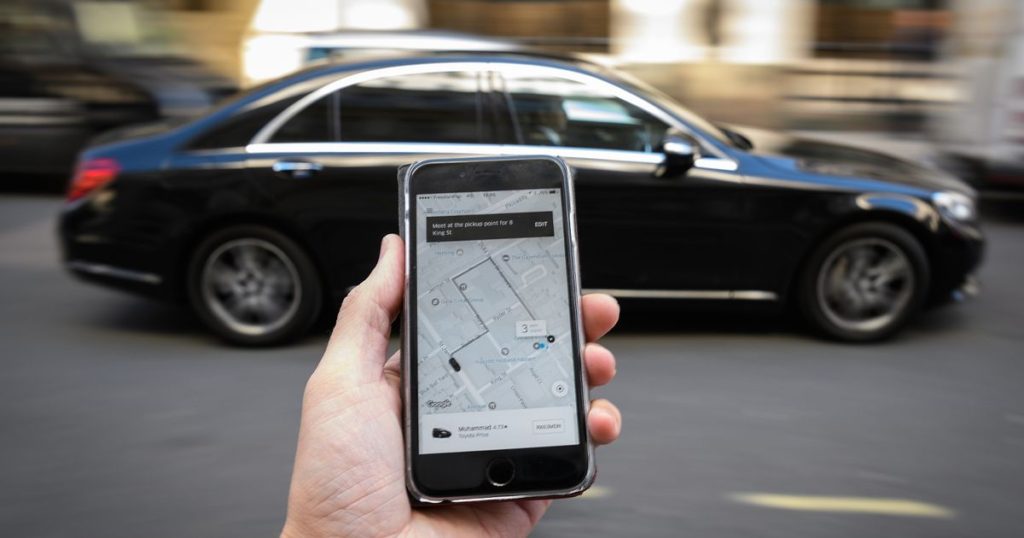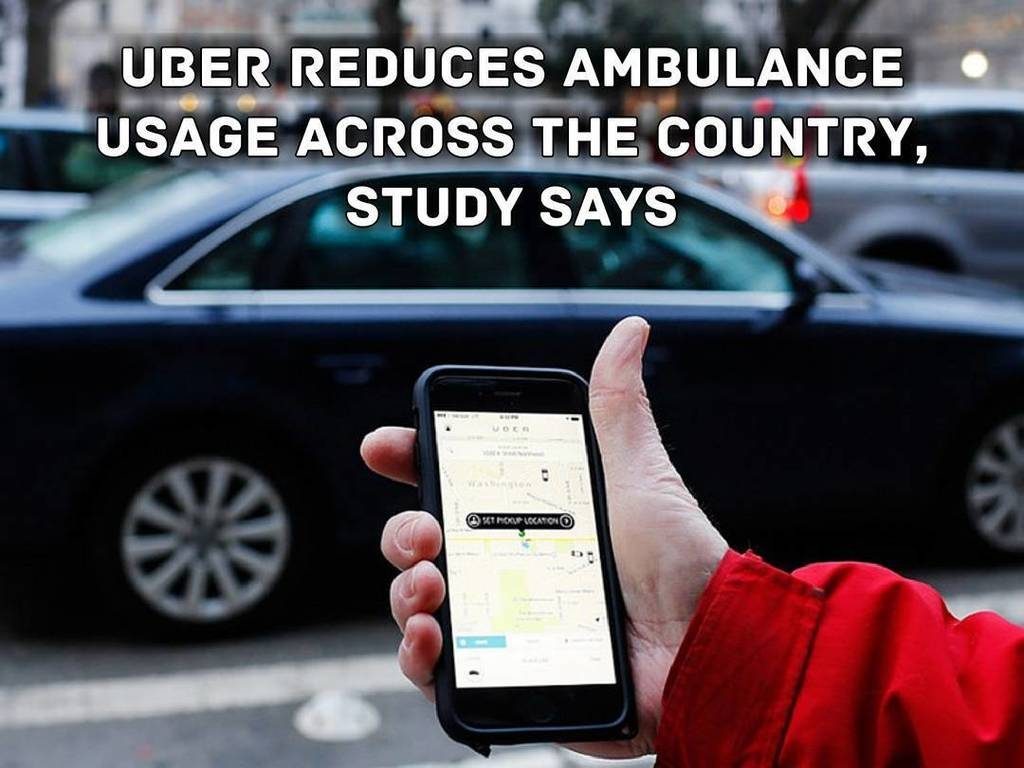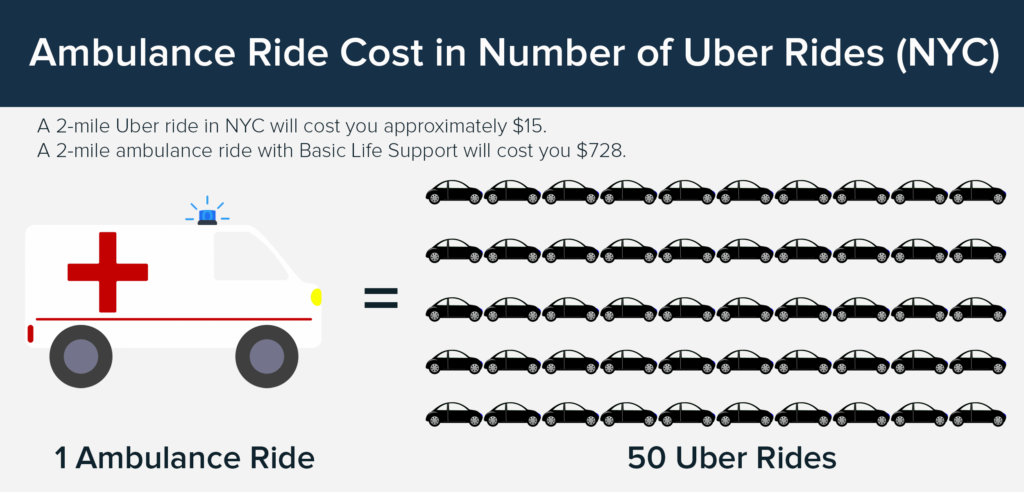A Kansas University study found that people prefer Uber for transportation over ambulances when an emergency occurs. David Slusky, a Kansas University assistant professor of economics, said, “It’s the same in the provider space: you don’t need a neurosurgeon to diagnose strep throat.”

In the cities that Uber appeared between 2013 and 2015, the use of ambulance fell at least seven percent. Freelance driver, Andrew Nierengarten, who works for Uber, said he takes someone to the emergency room once a week.
“Something like (the) flu or something heavy where they feel like they need to go to the hospital and they wouldn’t be able to drive themselves,” Nierengarten said.

According to Austin-Travis County EMS officials, the popularity of those apps is not affecting the number of calls or transports. The volume of calls increased in the past decade.
“You’re bleeding, and you’ve got chest pain, you’ve got signs and symptoms of any kind of other serious trauma, then rideshare program or any kind of public transportation should not even be considered,” said Commander Mike Benavides.
The study found one crucial reason why Uber is a better choice for people is that ambulance rides can cost patients hundreds or even thousands of dollars. Commander Benavides said that the costs should not outweigh a potentially lifesaving intervention and Uber drivers agree.

“Definitely, where I think they’re going to lose consciousness or something like that, ‘Hey, let’s call you an ambulance because I don’t have a way to treat you on the way to the hospital,'” Nierengarten said.
“We’re grateful our service has helped people get to where they’re going when they need it the most,” Uber said in a statement. “However, in the event of any medical emergency, we always encourage people to call 911.”

This article was inspired by NPR // Cities With Uber Have Lower Rates Of Ambulance Usage
